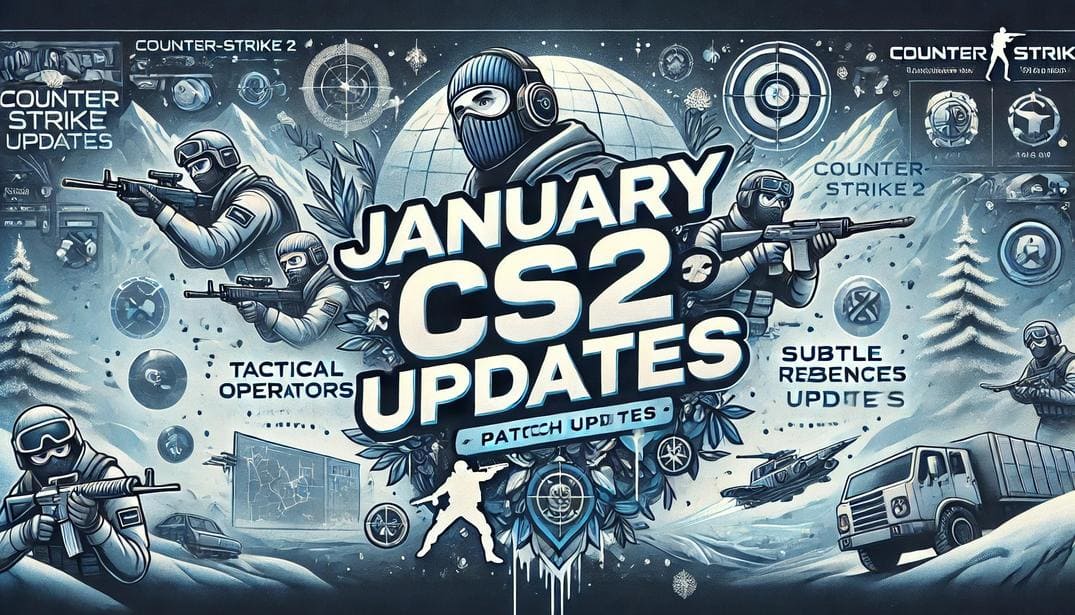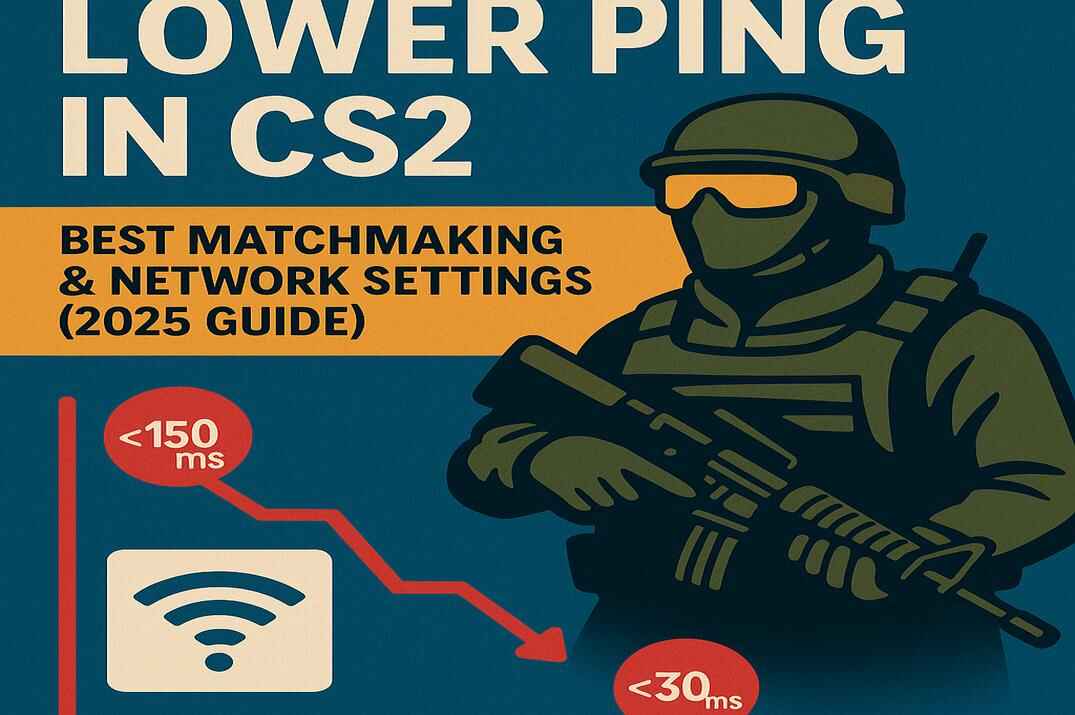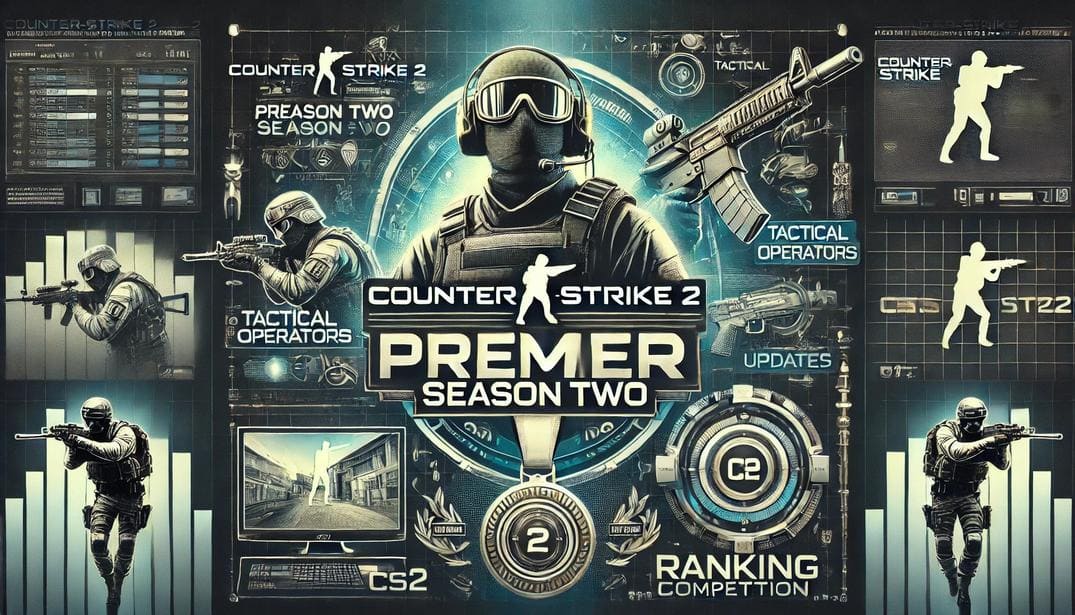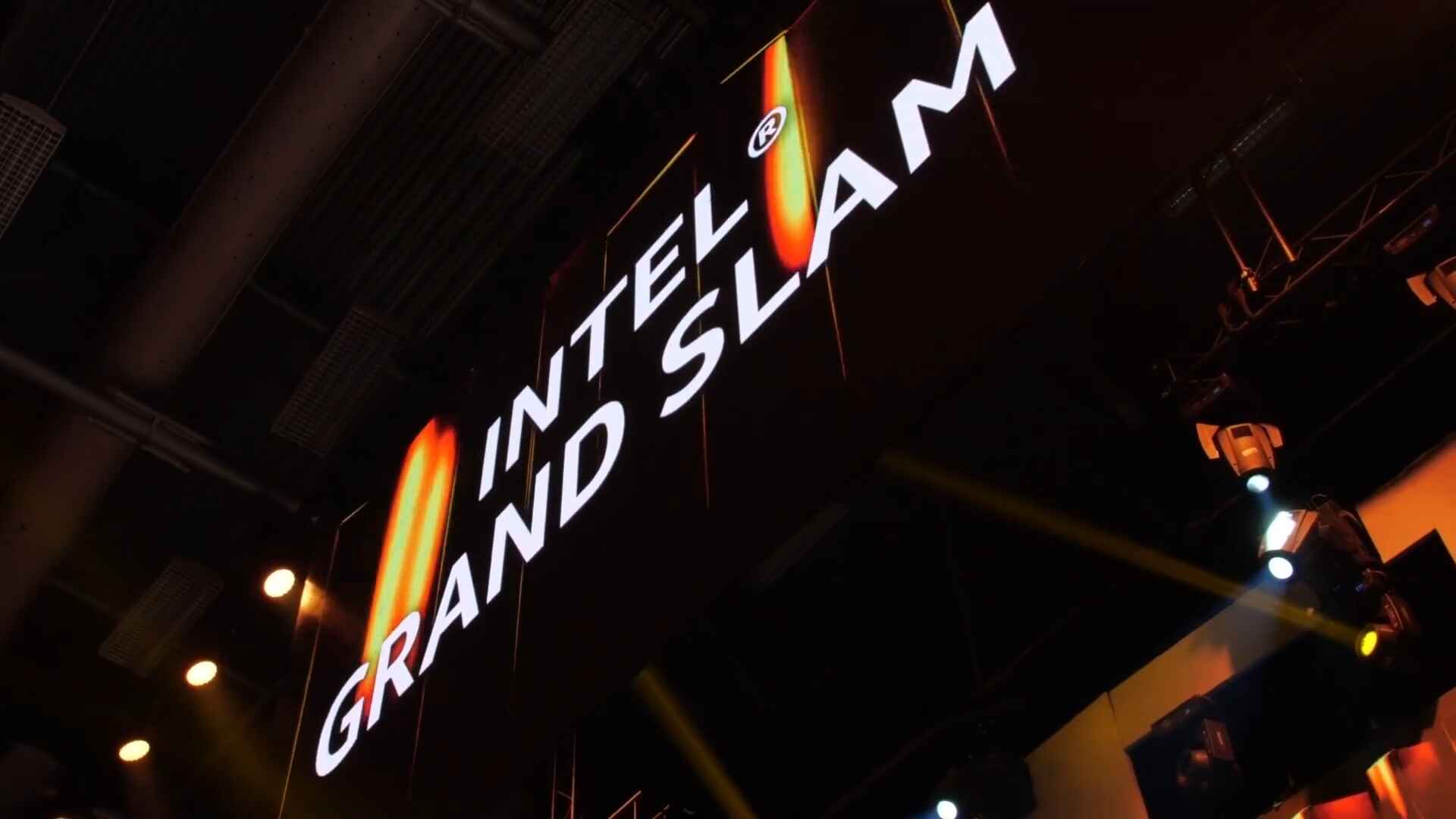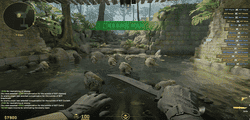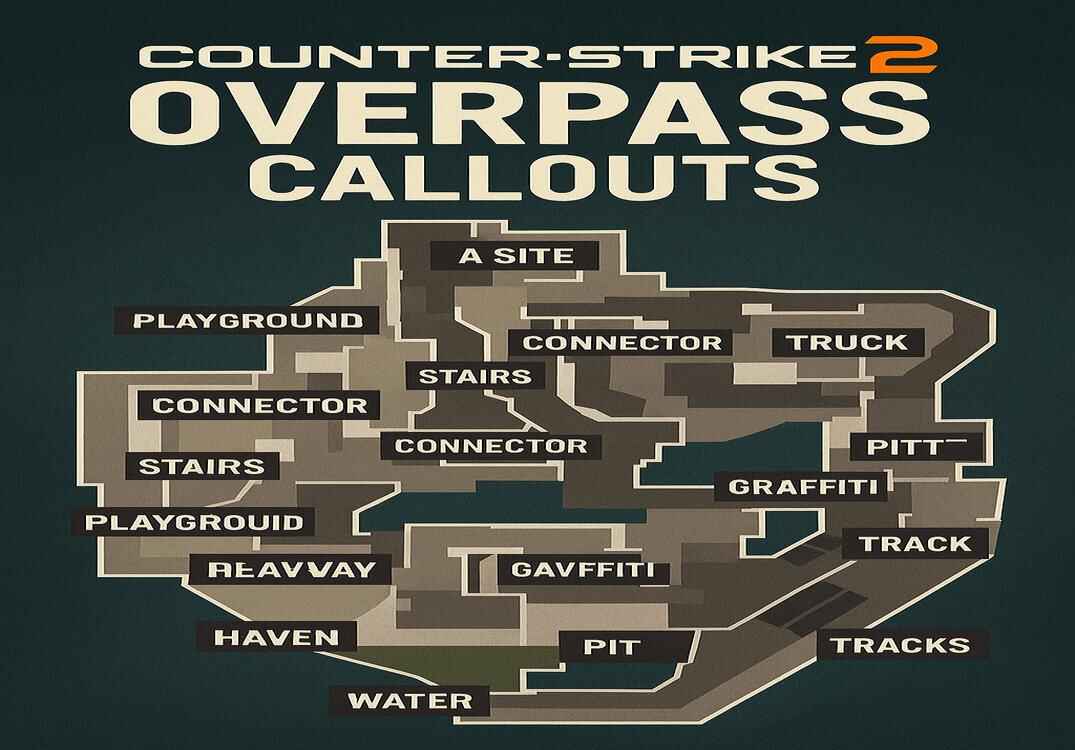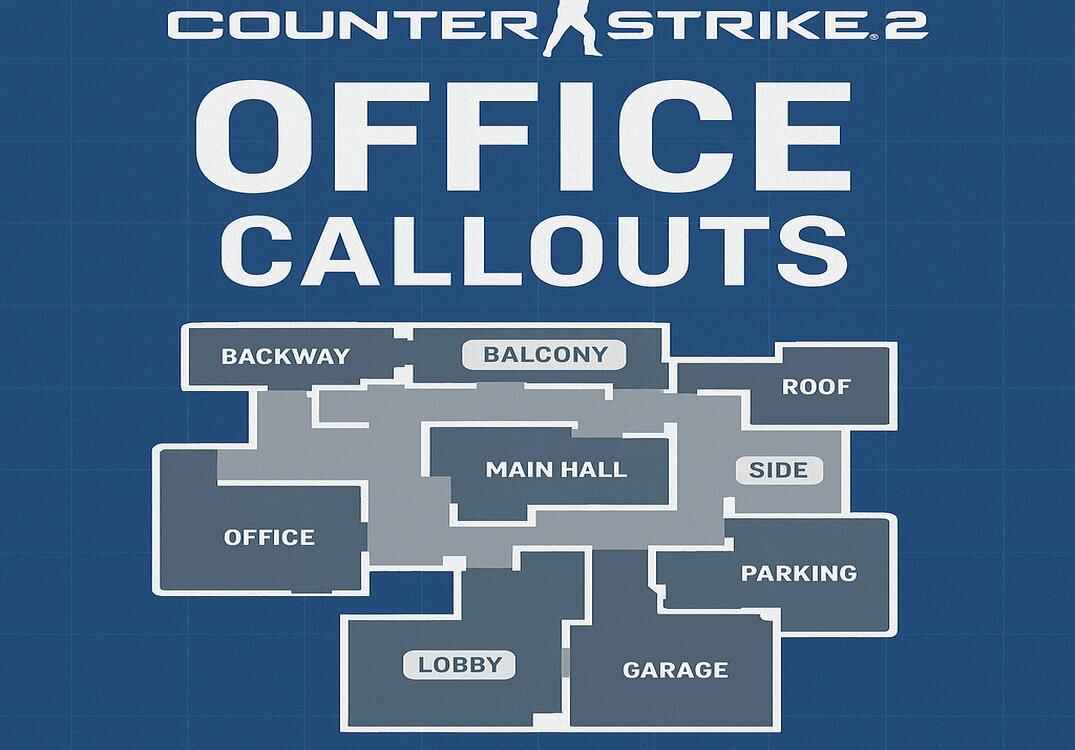Ancient Interactive Callouts Map
Why Callouts Matter
If you want to get better on Ancient in Counter-Strike 2, learning the callouts is a great place to start. They’re not just random names – knowing them helps you react faster, hold angles more confidently, and stay in sync with your team when things get intense.
Make the Most of the Map
This interactive map lets you explore every key spot on Ancient. Whether you’re fighting for mid control or setting up for a site push, it’s a super useful tool to boost your game sense and team coordination.
Need More?
Want to dive deeper? I’ve put together a full Ancient guide with advanced tips and everything else you need to step up your play.
More Interactive Callout Maps
Explore additional maps: Anubis, Dust2, Inferno, Italy, Mirage, Nuke, Office, Overpass, Train, and Vertigo.
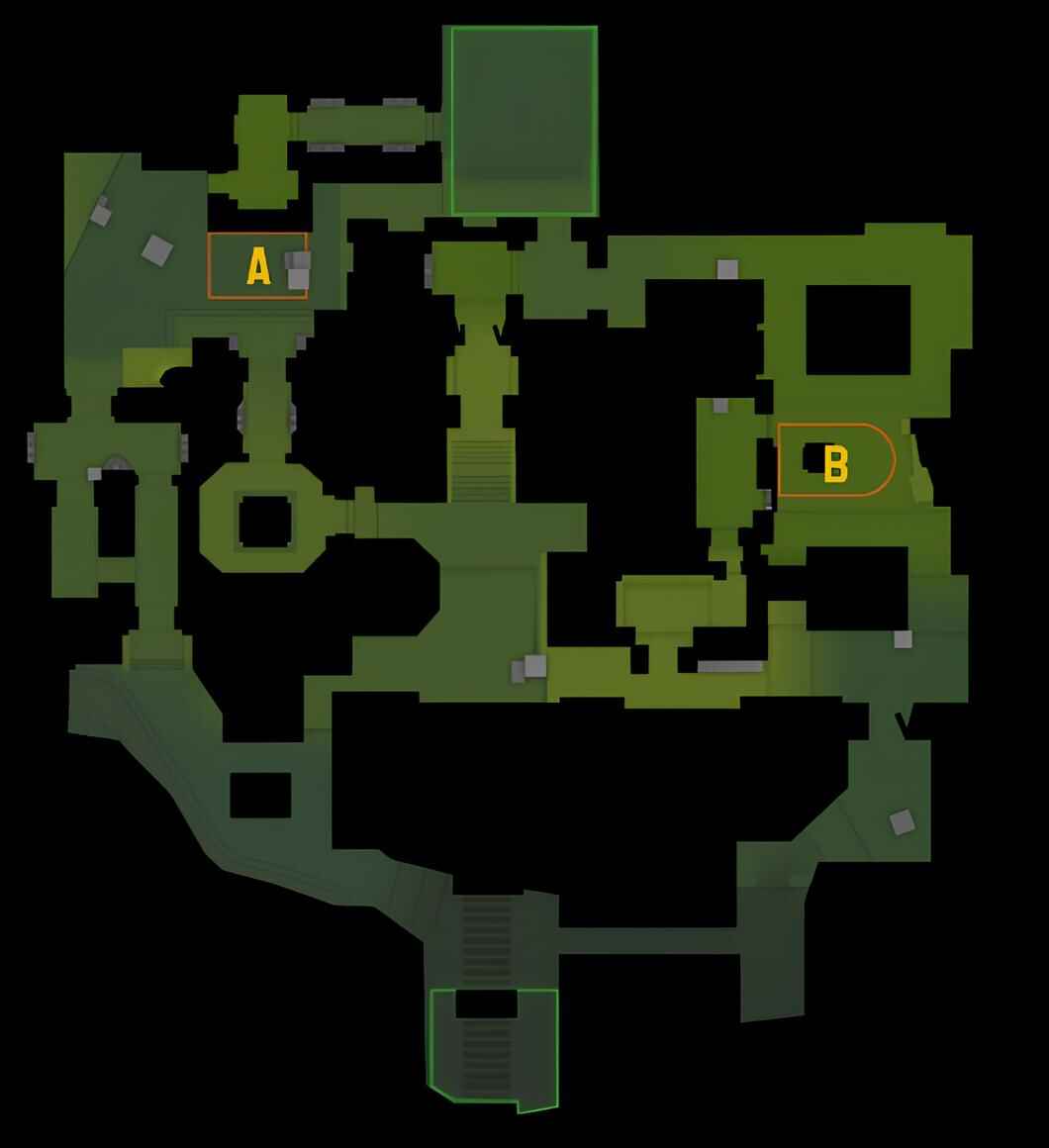
Entrance
